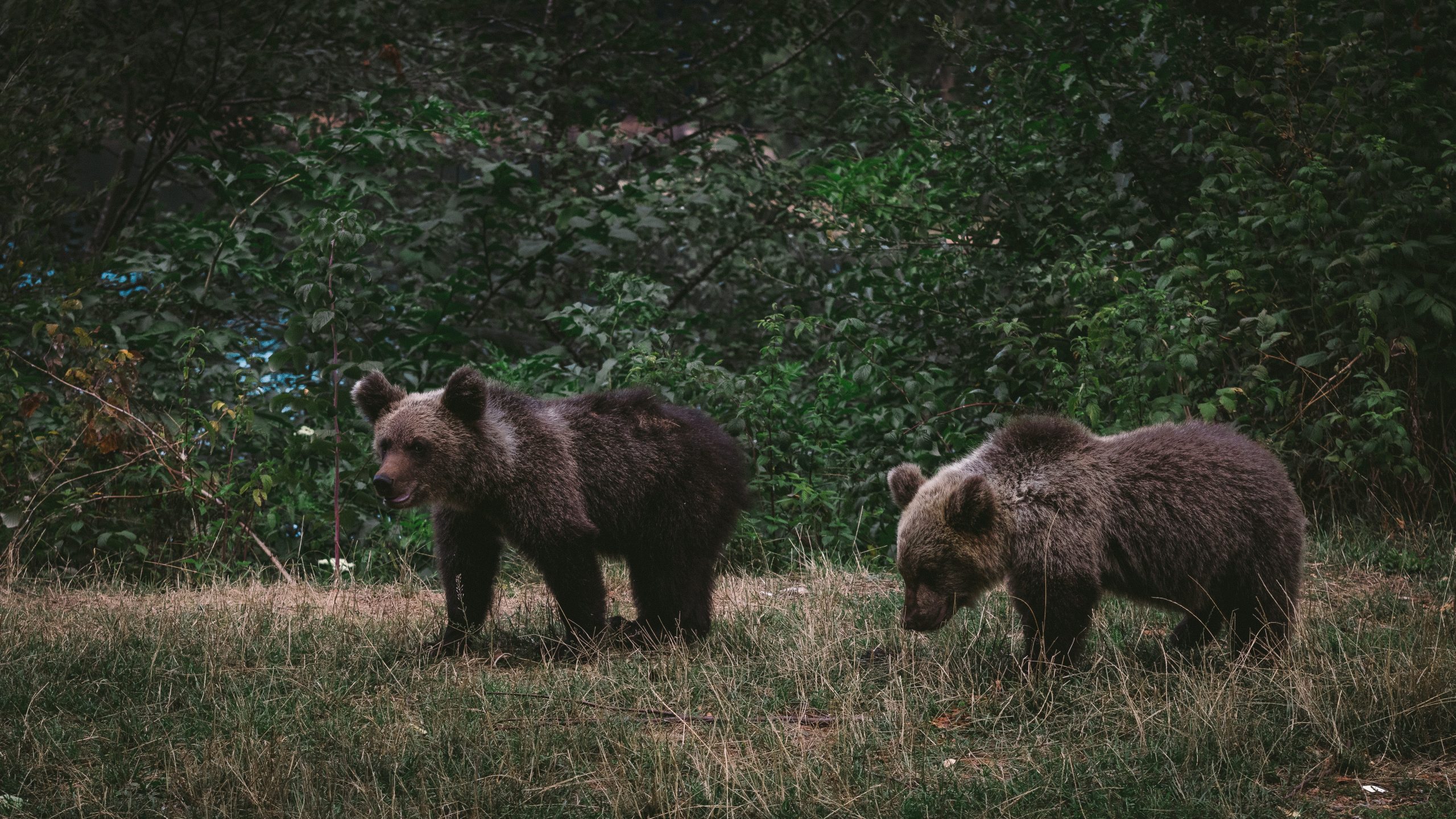The National Park Service (NPS) fields more than two dozen citizen science projects, both park-specific and multi-park. From Denali in Alaska to Saguaro in Arizona, volunteers collect data, upload it and share in the scientific achievement.
At Great Smoky Mountains National Park (GSMNP), which spans the North Carolina/Tennessee border, volunteers record flora, fauna and fungi using an app that geotags their photos and attaches other information about where the photos were taken. The app then uploads the images and information to a database.
So far, volunteers have helped map over 10,790 of the 21,500 species known to inhabit the park, which is the most biodiverse of all NPS locations. They’ve discovered at least 10,790 previously not recorded at that location.
The citizen scientists’ contributions are part of a larger project called the All Taxa Biodiversity Inventory, which began in 1998 and is coordinated by the nonprofit Discover Life in America (DLiA). The inventory is now the largest sustained natural history inventory in the United States and one of the largest in the world, according to the park’s website.
Park scientists use the mapped data to learn where species live, the ecosystems in which they play a role and environmental factors that may affect their populations — information that guides conservation efforts.
GSMNP volunteers are recruited on the park’s website, the DLiA website and elsewhere online. The process is simple: People sign up at iNaturalist and download the app, which they can use to participate in GSMNP and in other tracking projects worldwide.
To keep citizen scientists involved, a dashboard shows photos of recent observations and a leaderboard of the most observations and most species. There’s also a tally of frequently seen species. And every mention of the project emphasizes how important volunteers are.
“INaturalist usage in the Smokies has skyrocketed from just four users in 2011, to 3,800 in 2020, to now more than 7,100 users,” said Will Kuhn, DLiA’s Director of Science and Research, in an interview last September. “We need visitors’ help making our diversity in iNaturalist to match our true diversity.”
This article appears in our guide, “Decision Intelligence: New Possibilities for Data-Based Decision-Making.” For more about how agencies are using data in practical ways, download it here:





Leave a Reply
You must be logged in to post a comment.